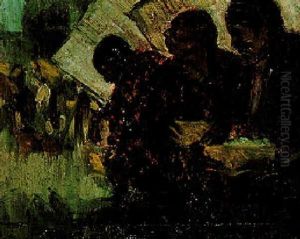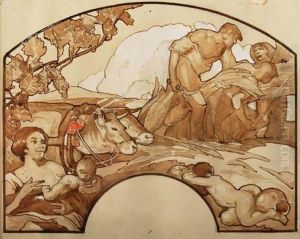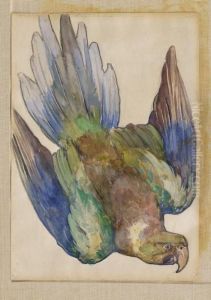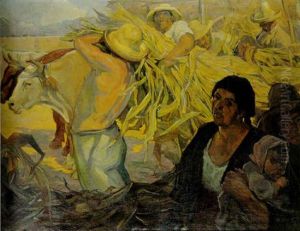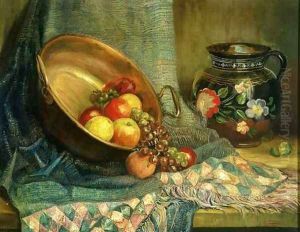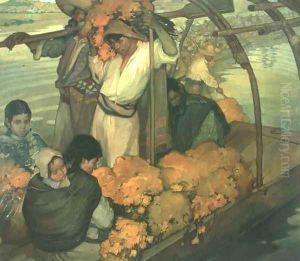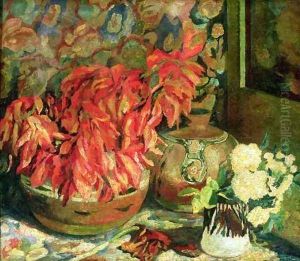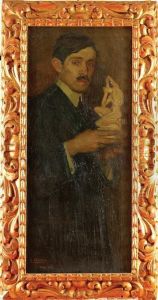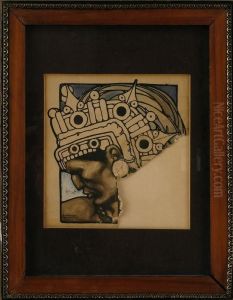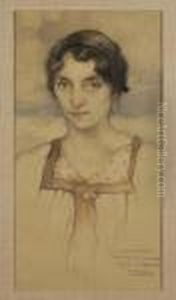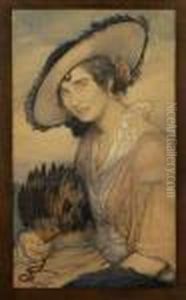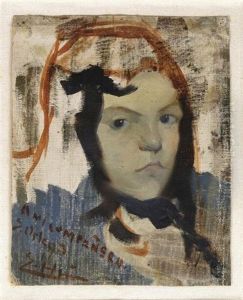Saturnino Herran Paintings
Saturnino Herrán was a notable Mexican painter, born on July 9, 1887, in Aguascalientes, Mexico. Despite his relatively short life, Herrán made a significant impact on Mexican art, becoming one of the key figures in the cultural renaissance that preceded the Mexican Revolution. His work is characterized by a deep sense of nationalism, a celebration of indigenous heritage, and a profound social consciousness.
Herrán's early life was marked by a profound interest in art, which was encouraged by his father, who was an amateur painter. He moved to Mexico City as a teenager to pursue his artistic education, enrolling at the National School of Fine Arts (Escuela Nacional de Bellas Artes). There, he studied under renowned artists such as José María Velasco, Julio Ruelas, and Germán Gedovius, who influenced his style and artistic development.
Throughout his career, Herrán developed a distinctive style that blended European techniques with Mexican subject matter. His paintings often depicted the lives of the Mexican people, especially the indigenous populations, with a focus on their customs, traditions, and daily struggles. Herrán's art celebrated the beauty of the Mexican landscape and the dignity of its people, which aligned with the burgeoning nationalist sentiments of the time.
He also worked on several murals, which was a medium gaining popularity among Mexican artists as a means of reaching a broader audience with political and social messages. Unfortunately, many of these works were not completed due to his untimely death.
Herrán's health began to decline during the 1918 influenza pandemic, and he succumbed to complications from the illness on October 8, 1918, at the age of 31. Despite his brief career, Herrán's legacy endured, influencing later generations of Mexican artists, including the renowned muralists Diego Rivera, José Clemente Orozco, and David Alfaro Siqueiros, who would carry forward the torch of Mexican artistic nationalism. Herrán's works remain celebrated for their technical skill, emotive power, and their pivotal role in shaping the identity of modern Mexican art.
